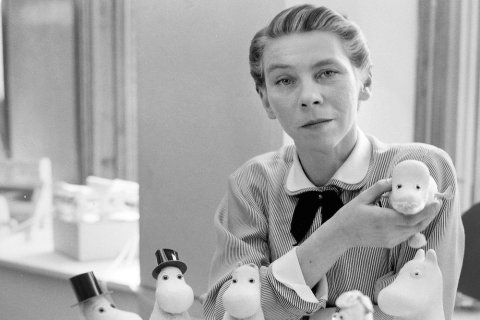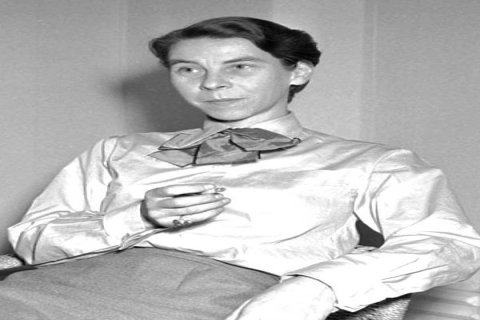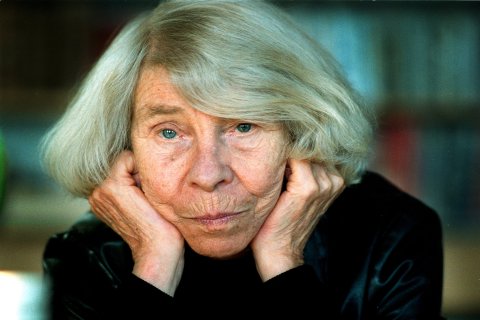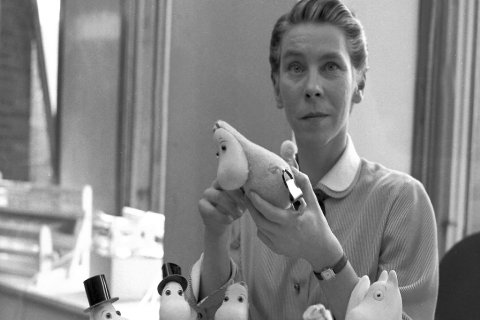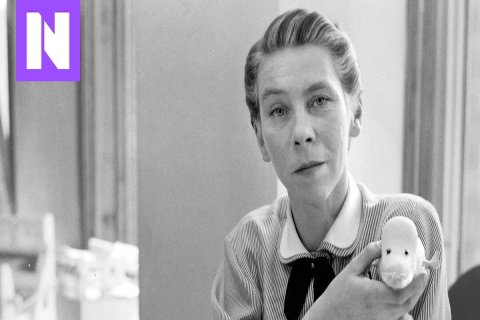Tove Jansson
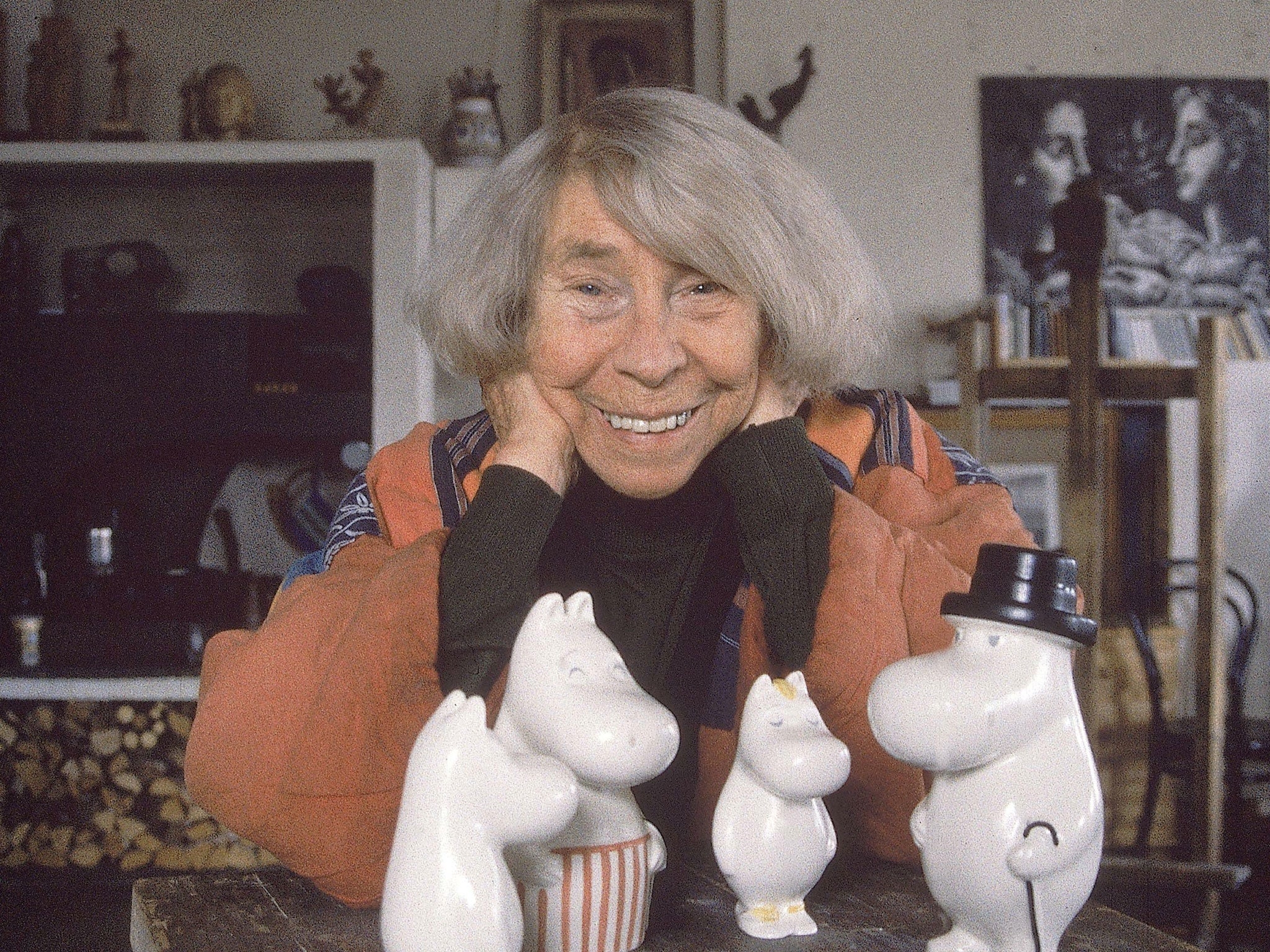
Title: Tove Jansson: The Celebrated Finnish Author and Artist
Introduction: Tove Jansson was a celebrated Finnish author and artist whose works have captivated readers of all ages for generations. Her Moomin books, filled with whimsical characters and profound themes, brought her international acclaim and continue to be enjoyed by readers worldwide. This article delves into the life, career, and artistic contributions of Tove Jansson, exploring her unique style, literary significance, and lasting impact on popular culture.
Early Life and Influences: Tove Jansson was born on August 9, 1914, in Helsinki, Finland. Her artistic upbringing played a significant role in shaping her creative journey. Her father, Victor Jansson, was a sculptor, and her mother, Signe Hammarsten-Jansson, was a graphic artist. Growing up in an artistic household fostered Jansson's affinity for visual arts and storytelling.
Artistic Style and Techniques: Tove Jansson's artistic style was characterized by simplicity, humor, and a keen observation of human nature. Her illustrations, often rendered in bold lines and vibrant colors, captured the essence of her stories and brought her characters to life. Jansson's ability to convey emotions and complex themes through simple, yet striking, imagery made her work both accessible and profound.
Literary Contributions: Tove Jansson's literary contributions spanned multiple genres, including novels, short stories, picture books, and plays. However, she is best known for her Moomin series, a collection of books that introduced the world to the whimsical and endearing Moomin family. These books, characterized by their blend of fantasy, adventure, and philosophical musings, explored universal themes of love, friendship, and the search for meaning in life.
International Recognition: Tove Jansson's works gained international recognition, particularly after the Moomin books were translated into over 50 languages. The Moomin characters became iconic figures, appearing in animated television series, films, comic strips, and various merchandise. Jansson's popularity extended beyond her books, as her illustrations and artwork were featured in exhibitions and galleries worldwide.
Awards and Accolades: Tove Jansson received numerous awards and accolades throughout her career, recognizing her significant contributions to literature and art. In 1966, she was awarded the Hans Christian Andersen Medal, considered the highest international recognition for children's literature. Jansson also received the Swedish Academy's Literature Prize in 1972 and the Finlandia Prize, Finland's most prestigious literary award, in 1992.
Legacy and Impact: Tove Jansson's legacy extends far beyond her lifetime. Her works continue to captivate readers of all ages, inspiring new generations with their timeless themes and whimsical charm. The Moomin characters have become beloved cultural icons, symbolizing creativity, imagination, and the embrace of diversity. Jansson's influence can be seen in contemporary literature, art, and popular culture, cementing her status as one of the most celebrated authors and artists of the 20th century.
Conclusion: Tove Jansson's unique artistic style, literary prowess, and enduring popularity have made her a celebrated figure in the world of literature and art. Her Moomin books, filled with wit, wisdom, and a profound understanding of the human condition, have touched the hearts of millions globally. Tove Jansson's legacy continues to inspire and enchant readers and viewers, solidifying her position as one of the most beloved and influential authors and artists of all time.

